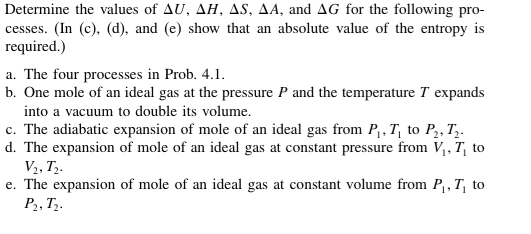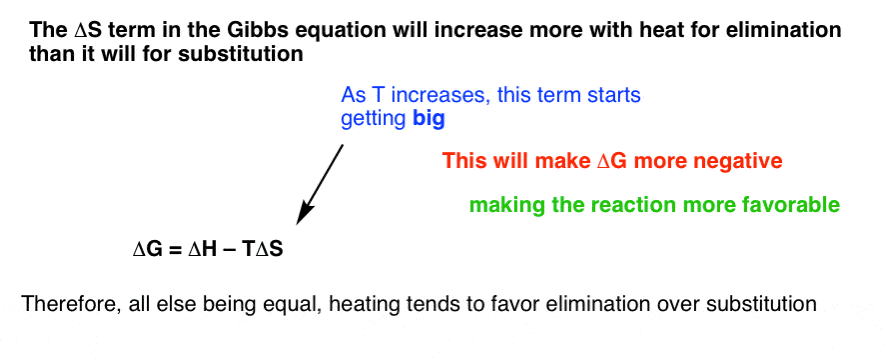
In a liquid-vapor equilibrium system, the equilibrium constant can be written as. What is the difference between Delta G and Delta S Delta S, the.
#Delta h and delta s for o2 webook free#
So you want to decrease the value of T.\nonumber\]īoth ways to calculate the standard free energy change at 25 ☌ give the same numerical value (to three significant figures), and both predict that the process is nonspontaneous (not spontaneous) at room temperature (since \(ΔG^o > 0\). equal to one another and rearranging into the form. To determine the enthalpy of the reaction, H, we do this by applying Hess law and then adding the first equation to the inverse of the second equation (making sure to change the sign on the. The chemical equation is: 2 NO 2 (g) -> N 2 O 4 (g) For this reaction, E is -54.72 kJ. The equation for delta S is Delta S Q/T, where Q is the heat transferred to the system and T is the temperature. Predict if the reaction would be spontaneous at 298 K and if not, at what temperature the reaction would become.

When Delta H and Delta S are both negative: - spontaneous at low temperatures *Delta H is negative *TDeltaS is positive Again we want the number to be larger so that Delta G will be negative and the reaction will be spontaneous. Study with Quizlet and memorize flashcards containing terms like Predict the signs of delta S and delta H for the freezing of water into ice at 273 degrees, Predict the sign of delta S and delta H for the combustion of gasoline at 500 K, Predict the sign of delta S and delta H for the evaporation of water from a glass and more. When the heat is supplied, the enthalpy of the reaction is positive and hence, the reaction is endothermic but when the heat is released, the enthalpy of the reaction is negative and hence, the. For the following reaction, Delta H 572 kJ and Delta S 179 J/K. G < 0, the reaction is spontaneous in the forward direction, thermodynamically favourable.


For a given reaction if: G > 0, the reaction is nonspontaneous in the forward direction, not thermodynamically favourable.

#Delta h and delta s for o2 webook plus#
Boiling is only spontaneous at high temperatures * Delta H is positive *-TDelta S is negative - We want the negative number to be larger so the Delta G will be negative and the reaction will be spontaneous. So Hess's Law tells us that delta H of this reaction, the change in enthalpy of this reaction, is essentially going to be the sum of what it takes to decompose these guys, which is the minus heat of formations of these guys, plus what it takes to reform these guys over here. asked 05/20/21 Calculate the delta H for S + O2 SO2 Given the following data: S + 3/2 O2 SO3 delta H-395.2kJ 2SO2 + O2 2SO3 delta H -198.2kJ Follow 2 Add comment Report 2 Answers By Expert Tutors Best Newest Oldest Paolo S. Look at it from the point of view of Gibbs Free Energy, G H T S. Delta H is looking at transfer of enthalpy/heat-Delta S is looking at randomness/disorder CASE 1-The universe prefers exothermic reactions, because it lowers the energy of the system and if you lower the energy. We know if Delta G >0 reaction is non spontaneous We know if Delta G G). We know if Delta G >0 reaction is non spontaneous We know if Delta G <0 reaction is spontaneous We know Delta G 0 at equilibrium But now lets define that tin terms of Delta H and S.


 0 kommentar(er)
0 kommentar(er)
